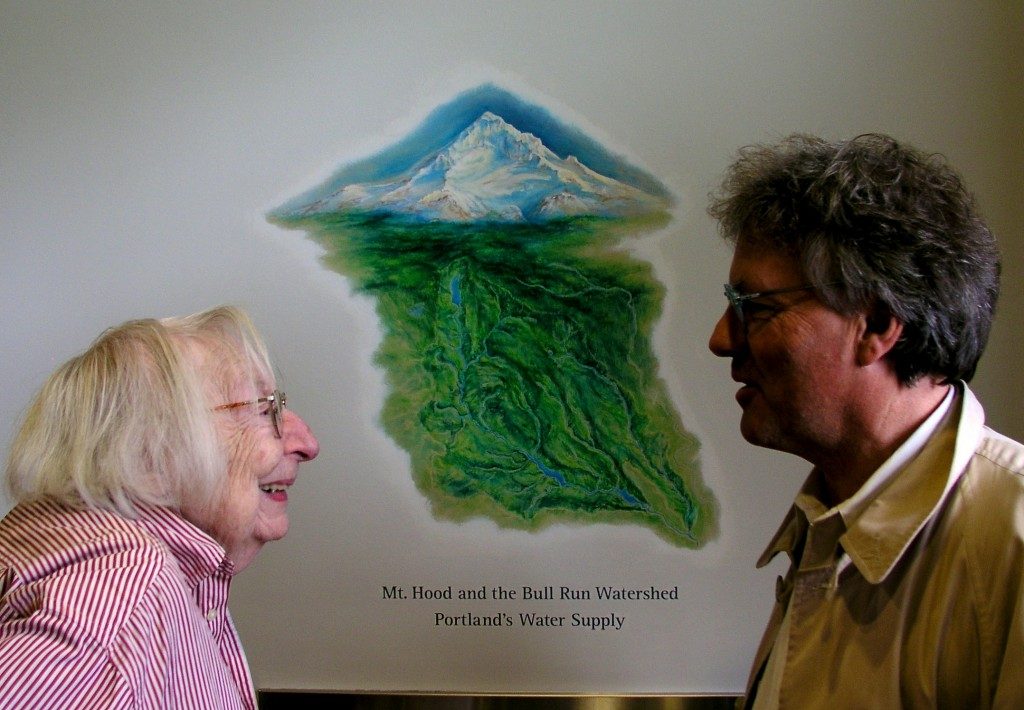Whenever I see a panoramic photograph of New York City, I strain my eyes to find people walking the streets and pathways deep within the chasms between skyscrapers and along the historic bridges. This is where city life happens; this is where the city is people-sized.
No writer or philosopher of urban life better encapsulates the vibrancy and conflicts on New York City’s streets than Jane Jacobs, author of the essential book, The Death and Life of Great American Cities. Jacobs was never elected to political office, yet her role in New York City’s development and politics is undeniable.
In a new book, Rad Women Worldwide, author Kate Schatz compiles brief biographical sketches of 40 women. Starting 4,300 years ago with Enheduanna in Mesopotamia, the world’s earliest known author, Schatz traces the influence of women whose scientific discoveries, art, and activism transformed the way we organize and view urban life and more.
What is remarkable about this list of women is that while only some are rulers (e.g., Hatshepsut) or politicians (e.g., Aung San Suu Ki), all have been politically influential.
In ISLG’s special report, Who Runs Our Cities?, Jocelyn Drummond, Qian Zhang, and Victoria Lawson explore the gender gap in municipal politics across the United States. Their analysis shows that only 18% of the elected mayors in the top 100 U.S. cities are women.
In the Equality Indicators’ 2016 Annual Report, we also focus on gender representation in government: we found that only 30% of New York City’s elected officials are women, although we note that women are more equally represented in terms of local appointed positions (e.g., Commissioners).
Gender representation in political leadership and municipal governance is only part of the story of how women shape our cities. The women in Schatz’s book are iconic not only because they were politically influential, but also because they transformed some of the harmful gender norms we encounter in everyday life. The Equality Indicators monitor six additional indicators of gender equality in New York City that highlight disparities faced by women. For example, we monitor the gender gap in business development opportunities by measuring the ratio between the percentages of women and men who are business owners, as well as the ratio between the percentages of small (≤$100k) versus large (>$1M) City contracts going to minority and women-owned businesses. We found that men were twice as likely to be business owners, while minority and women-owned businesses were disproportionately likely to receive small compared to large contracts. And although there was an increase in the percentage of City contracts awarded to minority and women-owned businesses from last year, the increase was greater for small contracts than for large contracts, resulting in increased disparity.
These findings suggest efforts to ensure more equal outcomes for women remain needed, but they also point to the need for measuring gender equality across multiple domains in order to root out gender inequality in all of its forms. For this reason we also monitor gender-based outcomes in access to healthcare and in higher education. More than monitoring outcomes, we search for the drivers of change. City offices devoted to gender equality such as New York City’s Commission on Gender Equity and new and stronger policies that promote equality are the preferred beacons of change, but change is also championed by individual change makers. Doctors can ensure access to adequate healthcare for all. Teachers can debunk myths about gender differences that prevent girls from pursuing their interests in math and science. Indeed, women in these roles also shape our cities. Thanks to their efforts, and the efforts of supportive allies, the future of our cities will be more equal for all.

